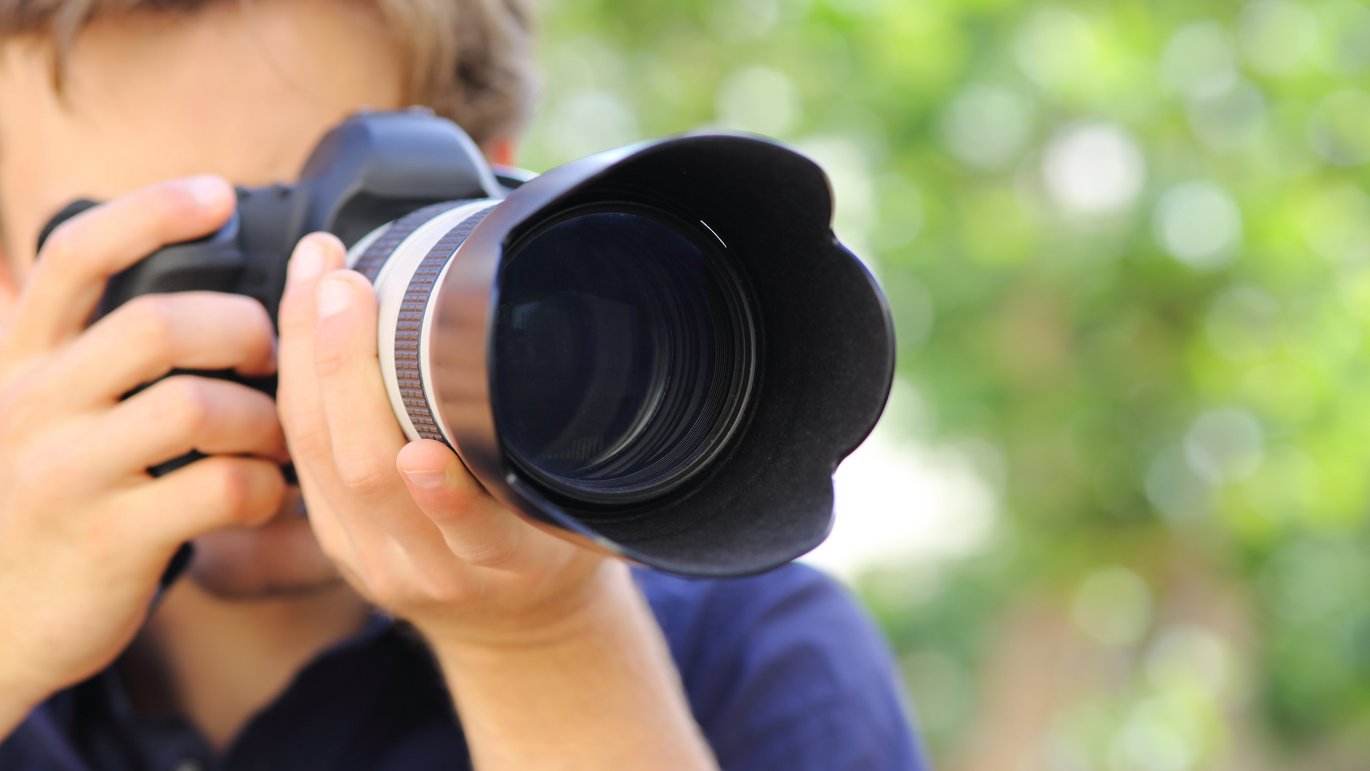Helpful guidelines for taking good pictures in scientific projects
There is one challenge scientists are rarely prepared for by the university courses: to be able to take meaningful pictures from different situations of a project. As most agricultural scientists know at the latest when writing the project report the search for good project pictures starts.

University of Natural Resources and Life Sciences Vienna (BOKU) form the Austrian network in the MIXED project shares their long-time experience on taking photos in a scientific context. The following guidelines should be met to improve the quality of the taken pictures. To the right you can see how to take good pictures by means of examples.
The basics:
- Get familiar with the used camera before going to the fields/stables
- Make sure the battery is charged and that the camera has enough storage capacity
- Clean the lens if you use a smartphone
- Take few, but good pictures
